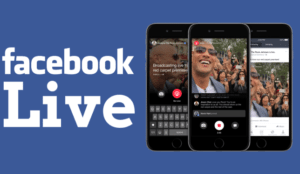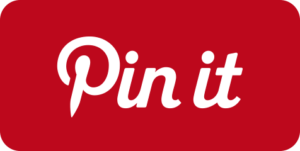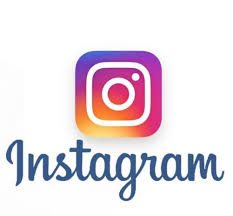Quick links, bringing you great articles on writing from all over the web.
Do you have a press kit? You should. Where else can people find pictures you will let them use and more information about you. If you don’t have a press kit or just want to make sure the one you have is up to snuff, check out ‘s post at Digital Book World!
~ * ~
What Goes in a Press Kit?
Sample Press Kit
 Think of a press kit as a compilation album of your marketing materials, plus a few more goodies.
Think of a press kit as a compilation album of your marketing materials, plus a few more goodies.
A sample press kit would have the following:
• An author photo at 300 dpi (high-resolution)
• Cover art at 300 dpi (high-resolution)
• Your book excerpt
• A sheet providing the various descriptions of the work (the one-line, the synopsis, etc.)
• An author bio (short and/or long, depending on the situation)
• Positive reviews (if you have them yet) and copies of any positive articles about you as an author or about your work
A digital press kit might “zip” all of these files into one folder for easy emailing and download. All of the above items are also things you will find in a typical list for a well-thought out author website, so you’re getting extra value out of assembling these materials and putting a press kit together.

 by Jenny Bravo
by Jenny Bravo Covers Can Make or Break a Book
Covers Can Make or Break a Book Finding an audience for your books can seem like an insurmountable task when you enter the publishing space with no prior experience. Thankfully, Twitter can help you become not only an engaged member of the community but—in time—an influencer with a loyal audience.
Finding an audience for your books can seem like an insurmountable task when you enter the publishing space with no prior experience. Thankfully, Twitter can help you become not only an engaged member of the community but—in time—an influencer with a loyal audience. by K.S. Brooks
by K.S. Brooks In this podcast episode, Chris Ducker sits down with Jay Baer to learn exactly how to become a New York Times bestselling author! Get your notebooks ready!
In this podcast episode, Chris Ducker sits down with Jay Baer to learn exactly how to become a New York Times bestselling author! Get your notebooks ready! Almost every single Indie author that I know is on Facebook. Most of us spend time trying to sell our books to our friends, and many authors I know still insist on spending time copying and pasting a generic post to 20 or 30 Facebook groups and hoping that it will get them sales. STOP. There is a better way.
Almost every single Indie author that I know is on Facebook. Most of us spend time trying to sell our books to our friends, and many authors I know still insist on spending time copying and pasting a generic post to 20 or 30 Facebook groups and hoping that it will get them sales. STOP. There is a better way. By
By  Part of the Indie Author Series
Part of the Indie Author Series Today’s guest post is by top Amazon reviewer Gisela Hausmann. This content originally ran on the Huffington Post, and it is reprinted here with her permission.
Today’s guest post is by top Amazon reviewer Gisela Hausmann. This content originally ran on the Huffington Post, and it is reprinted here with her permission. When I talk with authors about
When I talk with authors about  Instagram has seen staggering growth since Facebook purchased it. And every day, more authors are beginning to use it, with great success, to engage their readers, build their fan base, and sell books. And here’s why:
Instagram has seen staggering growth since Facebook purchased it. And every day, more authors are beginning to use it, with great success, to engage their readers, build their fan base, and sell books. And here’s why: Most writers (myself included) find it difficult to stick to any kind of a writing plan, especially as the year goes by. Well, let’s make a plan right now, before the year starts. No need to wait until January with all that resolution crap. Let’s start right now, in December. If you did the #NaNoWriMo thing, then you’re done starting December 1 and you can breathe a sigh of relief — you can go back to writing All The Things. If you didn’t do NaNo and don’t even know what it is, cool: this post will focus on helping you meet all kinds of different writing goals (books, articles, blog posts, and social media).
Most writers (myself included) find it difficult to stick to any kind of a writing plan, especially as the year goes by. Well, let’s make a plan right now, before the year starts. No need to wait until January with all that resolution crap. Let’s start right now, in December. If you did the #NaNoWriMo thing, then you’re done starting December 1 and you can breathe a sigh of relief — you can go back to writing All The Things. If you didn’t do NaNo and don’t even know what it is, cool: this post will focus on helping you meet all kinds of different writing goals (books, articles, blog posts, and social media). A mind-boggling 78 percent of Americans have a social media profile. And a little over half of them are on more than one channel. It is a given that authors can develop loyal audiences and sell more books with the help of social media. But how many social media channels are enough?
A mind-boggling 78 percent of Americans have a social media profile. And a little over half of them are on more than one channel. It is a given that authors can develop loyal audiences and sell more books with the help of social media. But how many social media channels are enough? Part of the How They Do It Series
Part of the How They Do It Series